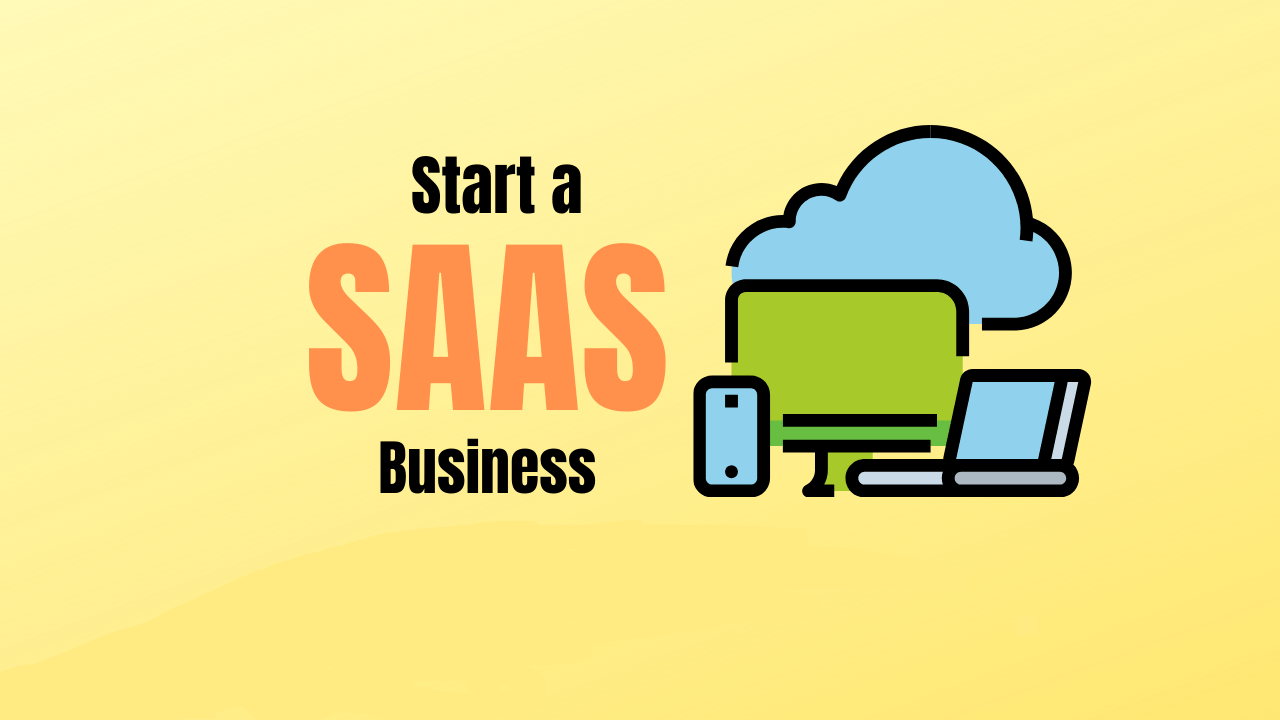Building a Software as a Service (SaaS) startup is one of the most exciting and challenging journeys you can take. SaaS products have transformed industries by offering scalable, cloud-based solutions that users can access anytime, anywhere. But with millions of SaaS startups vying for attention, how do you build one that stands out and thrives? This step-by-step guide will walk you through the essential stages to launch and grow a successful SaaS startup in 2025.
Step 1: Identify a Real Problem to Solve
The heart of any successful SaaS startup is solving a genuine pain point. Start by researching your target market—talk to potential users, analyze competitors, and pinpoint gaps where existing solutions fall short. Your goal? Find a problem that’s urgent, widespread, and underserved. Tips: Use surveys, interviews, and forums to gather insights. Focus on niche markets first to gain a foothold. Avoid building a solution looking for a problem.
Step 2: Define Your Unique Value Proposition (UVP)
What makes your SaaS different? Clearly articulate the unique benefits your product offers. This UVP will guide product development, marketing, and sales efforts. Whether it’s faster performance, easier integration, or better customer support, your UVP should resonate deeply with your target audience.
Step 3: Validate Your Idea Quickly
Before diving into development, validate your idea with minimal investment. Create landing pages, pitch your concept, or build a simple prototype to gauge interest. Collect feedback and pre-signups to ensure there’s real demand. Why it matters: Validation saves time and money by confirming that customers want what you’re building.
Step 4: Build a Minimum Viable Product (MVP)
Develop a basic version of your software that includes only the core features needed to solve the problem. Keep it simple and user-friendly—your MVP is a testbed to learn what works and what doesn’t. Focus on: User experience over flashy features. Reliability and security. Scalability foundations.
Step 5: Assemble a Strong Team
Your startup’s success hinges on the people behind it. Assemble a team with complementary skills—developers, designers, marketers, and customer success experts. In early stages, versatility and shared vision are more important than big titles.
Step 6: Choose the Right Tech Stack
Your technology choices affect performance, scalability, and cost. Opt for cloud platforms like AWS, Google Cloud, or Azure for infrastructure. Pick development frameworks and tools that enable rapid iteration and seamless updates.
Step 7: Launch and Gather User Feedback
Release your MVP to a small group of early adopters. Collect feedback obsessively—what features do they love? What’s confusing or missing? Use this data to refine your product continuously.
Step 8: Implement a Scalable Pricing Model
Pricing strategy is critical. Consider freemium models to attract users, subscription tiers for different customer needs, or usage-based pricing. Make sure your pricing aligns with the value your software delivers and is easy to understand.
Step 9: Develop a Growth Marketing Strategy
Use digital marketing tactics tailored for SaaS: content marketing, SEO, paid ads, webinars, and email campaigns. Build a strong brand presence and nurture leads through targeted funnels.
Step 10: Focus on Customer Success
Happy customers are your best marketers. Invest in onboarding, support, and training to ensure users get maximum value. Track usage metrics to identify at-risk customers and proactively engage them.
Step 11: Monitor Key Metrics
Track vital SaaS metrics like Monthly Recurring Revenue (MRR), Customer Acquisition Cost (CAC), Customer Lifetime Value (LTV), churn rate, and user engagement. Data-driven decisions help you optimize growth and profitability.
Step 12: Plan for Scalability
As your user base grows, ensure your infrastructure and team can handle increased demand. Automate repetitive tasks, enhance security, and invest in architecture improvements.
Step 13: Raise Funding When Needed
Depending on your growth goals, consider bootstrapping, angel investors, or venture capital. Use funding to accelerate product development, marketing, and hiring.
Step 14: Stay Agile and Adapt
The SaaS landscape evolves rapidly. Stay flexible, respond to customer needs, and be ready to pivot if necessary. Continuous improvement is your secret weapon.
Step 15: Build a Strong Company Culture
A positive culture attracts talent and fuels innovation. Encourage open communication, celebrate wins, and foster learning to keep your team motivated and aligned.
Conclusion: Your SaaS Startup Journey Begins Now
Building a successful SaaS startup isn’t easy, but by following these steps, you’ll increase your chances of creating a product people love and a business that thrives. Focus on solving real problems, validating quickly, listening to customers, and scaling smartly. With passion and persistence, your SaaS dream can become a reality.
FAQs
1. How long does it take to build a SaaS startup? It varies, but many startups launch an MVP within 3-6 months, then iterate based on feedback.
2. Should I build a SaaS product alone or with a co-founder? Having a co-founder with complementary skills often improves chances of success.
3. What’s the biggest challenge in SaaS startups? Customer acquisition and retention are often the toughest hurdles.
4. How important is customer support in SaaS? Extremely important—good support reduces churn and builds loyalty.
5. Can I bootstrap a SaaS startup or do I need investors? Many successful SaaS startups bootstrap initially, but investors can accelerate growth.




